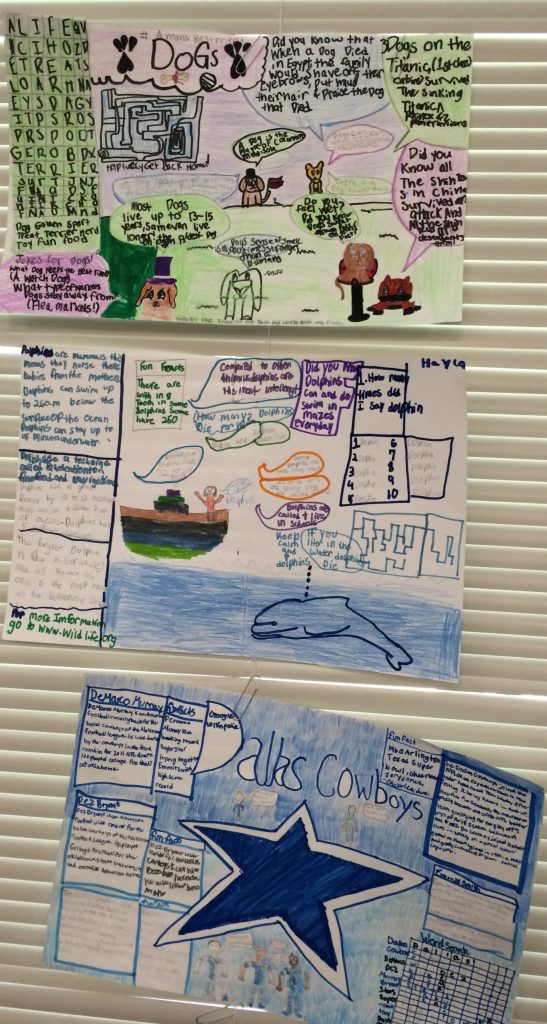Storytelling is an effective teaching strategy. It creates magic in the classroom. It creates a sense of wonder that teaches about life. Storytelling teaches students to respect and appreciate diversity. It lets students see how different people share life experiences. The main benefits of storytelling include motivation, active participation, and student cooperation. It deepens the content understanding and increases a student’s attention span. Research shows storytelling is a tool that helps students understand the world around them.
Storytelling Immerses Student Experiences
Students enjoy hearing stories in an active, stylistic, and entertaining way. Using key vocabulary and phrases creates an awareness of rhythm and structure. There are many ways it enhances understanding.
- Students explore their cultural roots.
- Exploration of unfamiliar people and places builds empathy.
- Students build an understanding of various traditions and values.
- Stories help students to be creative with new ideas.
- They enhance listening skills.
Stories Foster Learning
The Classroom Story
Storytelling in the classroom requires creating a story. It involves connecting the teacher and listener in its process. The result of creating a narrative is to build conceptual understanding. However, it doesn’t have to be a performance. Use it to create discussions or a demonstration in the classroom. Stories and the questions they create serves as a framework for lessons.
A tool to content meaning-making is storytelling in the classroom. Engaging students in a classroom that is language-based produces creative ideas and to engage students in meaningful communication.



